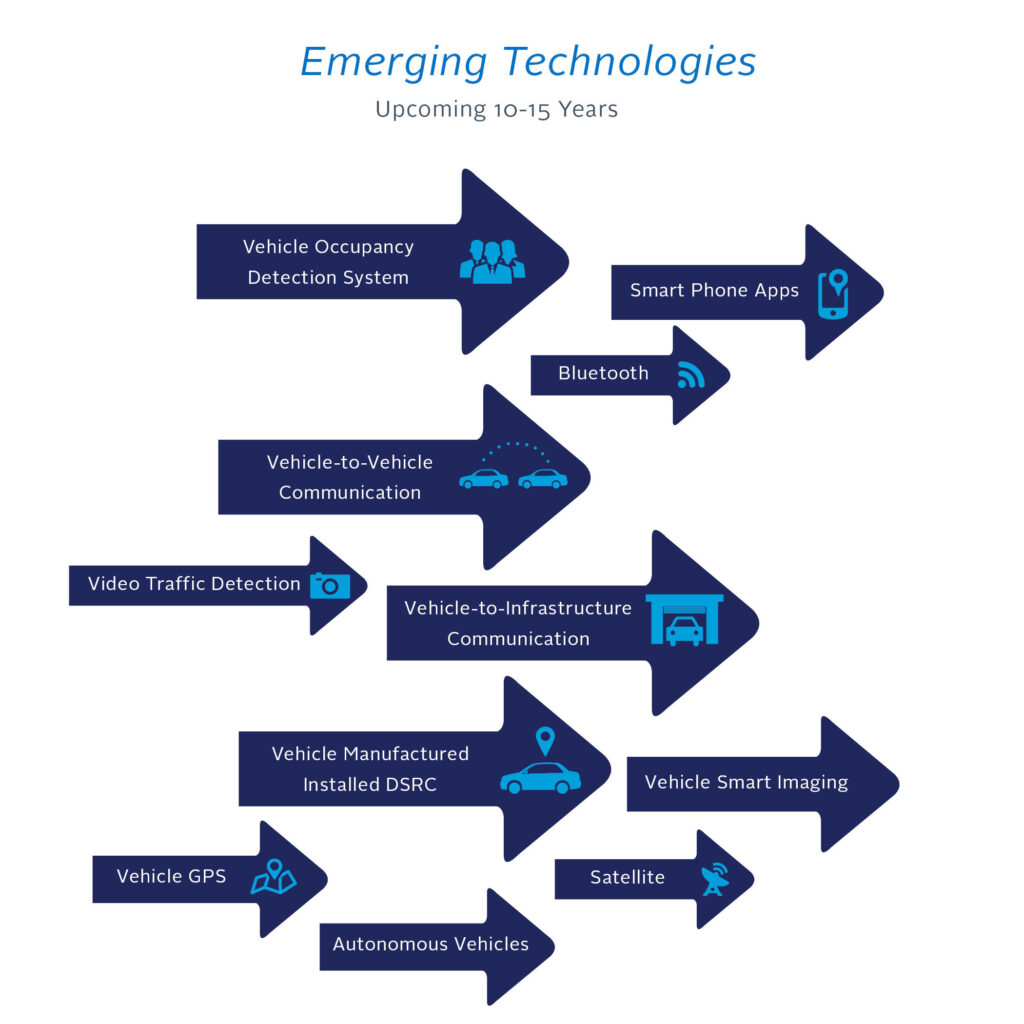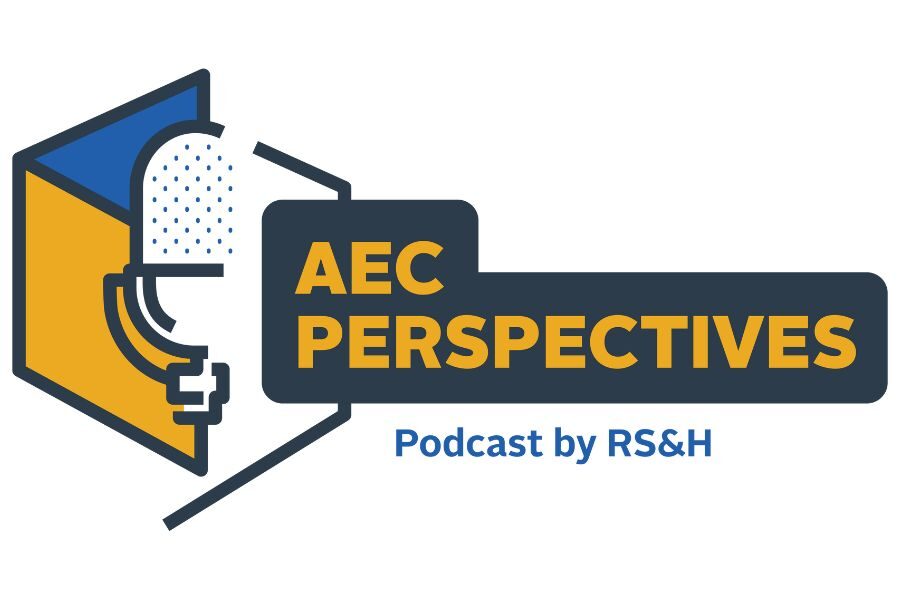Preparing Your Tolls Infrastructure for an Uncertain Future

There are many current initiatives driving technological advancements in the tolling industry that will affect the future of toll technology infrastructure, such as Vehicle to Infrastructure (V2I). It’s imperative that transportation authorities design and implement infrastructure that will accommodate future advancements. If agencies don’t plan properly, they will be at risk of losing time and money, as well as not improving congestion within their communities.
But how can we adequately plan for what the future holds? Fortunately, there are steps agencies can take to help prepare for and be successful in the future.
Simply put, if an agency has the time, money and opportunity to include emerging technologies in their initial roadway design and construction, then it should.
In order to optimize mobility, agencies gather a large amount of data (e.g. vehicle throughputs, speeds, locations, classifications) from roadside vehicle sensors to manage traffic throughout their roadway network.
These vehicle sensors can be embedded in the roadway mounted on structures or poles (e.g. RFID, Bluetooth, RVSD or video), or in-vehicle integrated. These sensors provide real-time data for driver information, dynamic pricing, or incident management.
As technology in the industry continues to change, there is an opportunity to plan for efficiently capturing this data in the future.
Fiber Optic Communication Systems
With the advent of wireless technology for tolling systems, many agencies are questioning the need to install infrastructure to support fiber-based communication systems along roadways. All of the current initiatives in the tolls industry will need communication links in the future. And there can be significant cost and time savings in deploying wireless-based communication systems. However, future needs for roadway and vehicle automation may rely upon physical communication mediums in lieu of or in support of wireless technologies due to possible interferences and other security concerns.
For example, the Utah Department of Transportation (UDOT) is installing fiber optic infrastructure along all new roadway construction projects in the state. While the agency may not utilize this infrastructure immediately (especially in more rural areas), the installation of this communication backbone now provides a statewide communication network that can be used for other needs — such as traffic signals communications.
In fact, more than 80 percent of all traffic signals in Utah that operate on this network can be remotely controlled from UDOT’s Traffic Operations Center (TOC). On other programs, the additional capacity (i.e. dark fiber) can be leased to adjacent transportation agencies to connect their network or to third parties to provide internet and other communication services to local populations or businesses.
Toll Gantry Design
When choosing tolling infrastructure, the agency should consider multiple design options for the toll gantry since several initiatives will have an impact on the design (like open road tolling and national interoperability). A flexible toll gantry design will ensure that updated toll system design requirements for spacing, height and capacity are handled without having to reconstruct current structures in the future.
System integrators differ on the design with respect to the number of gantries, spacing between the gantries, mounting brackets, conduit capacity and structural loads.
Designing for a specific toll technology and vendor limits the ability to adapt to updates or retrofits. Additionally, this approach makes future transitions to a new vendor or tolling strategy more difficult.
Budget
Budget constraints may limit an agency’s ability to construct the ultimate design that will accommodate the necessary communication system – including conduits, duct banks, ground boxes, mounts, etc. – or toll gantries that allow for variable future needs of transportation technology.
But agencies should understand that the capital cost of construction after the original project is completed can, and often will, be much higher than if it was implemented initially. These higher costs could include new design, disruption of existing roadways, systems, draining and bridges during installation, possible right new way acquisitions and utility coordination.
Whether or not we accurately predict the future, some agencies have already begun adopting policies that include infrastructure to support advancements in technology. Whether it’s planning for 5, 10 or 25 years down the road, proper planning will help agencies save time and money.




